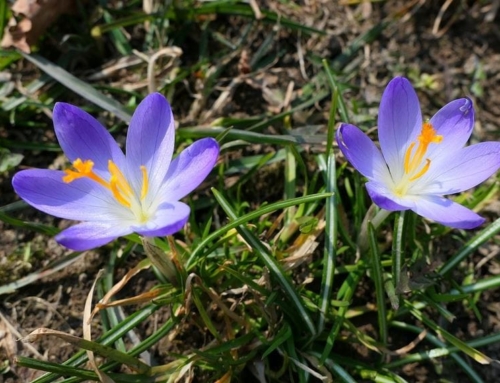The desire of the University of Japan and Iran for saffron
According to ILNA, Professor Yashi Haro Fuji, a leading researcher in the allelopathic (degenerate) study in Japan who visited Zaweh to visit saffron farms, added: “We now plan a plan for saffron allelopathic properties in collaboration with the Trio of Tokyo Universities , Ferdowsi Mashhad and Torbat Heydarieh.
He expressed his satisfaction with his trip to Torbat Heydarieh and Zawah and visited saffron farms. “Considering the vast amount of saffron fields in this area, we will try to joint research projects with Torbat Heydarieh University in the future.”
Referring to his 30-year-old research on allelopathic plants, he explained, “Plants are biodiverse together that produce these compounds that can be effective in treating it.”
Professor Fuji said: Among various herbaceous species, saffron species has a very strong combination of allelopate, which, after several years, results in a reduction in plant yields, which is not economically desirable, and extensive research has to be done on it.
* Russian botanical craving for research on saffron
“I am very keen on researching the saffron plant as one of the most valuable plant species,” said a student at the University of Moscow Botanical Garden.
Elena Kazanova, who traveled to Zaweh city in the form of a tour of saffron, told IRNA: “So far, I have been studying the vegetation of the Caucasus Mountains and I intend to continue my research on saffron bulbs.
Expressing that he saw a saffron farm for the first time, he added, “The climate of Moscow does not allow saffron cultivation, but I want to focus on the plant by planting several onions of saffron.
The 2 researchers visited the Saffron Farms of Torbat Heydarieh and Zawah in the form of the first group of foreign and Iranian tourists this year along with 20 undergraduate and Ph.D. students of Ferdowsi University of Mashhad.
Of the 70,000 hectares of Saffron field in Khorasan Razavi province, 11,000 hectares belong to Zavo County and 8,000 and 400 hectares belong to Torbat Heydarieh.
In Khorasan Razavi province, 117,000 households are engaged in cultivating saffron, of which 14 to 15 thousand households are employed in Torbat Heydarieh.
Currently, 220 hectares of land for saffron are currently employed, with a total employment of 70,000 people and two to three times that figure, indirect employment.
While the average production of saffron in Khorasan Razavi province is four kilograms per hectare, this figure reaches 4.2 kilograms in Torbat Heydarieh and Zawah area.
The center of the city is 250,000 Torbat Heydarieh in 150 kilometers and the city of 72 thousand Zaweh in 176 Mashhad.
source: ilna /ir







Get Social